The mysterious world of snakes has captivated humans for millennia, with these legless reptiles evolving remarkable sensory adaptations that allow them to thrive across diverse environments. Perhaps one of their most fascinating capabilities is their unique method of “tasting” the air to detect prey, predators, and potential mates. Unlike humans who primarily rely on their nose for smelling, snakes have developed a sophisticated chemosensory system that combines smell and taste in an extraordinary way. This specialized system enables snakes to create a detailed chemical map of their surroundings, providing them with critical information for survival. The following article explores the remarkable mechanisms behind how snakes sample airborne molecules and process them into meaningful sensory information.
The Remarkable Jacobson’s Organ
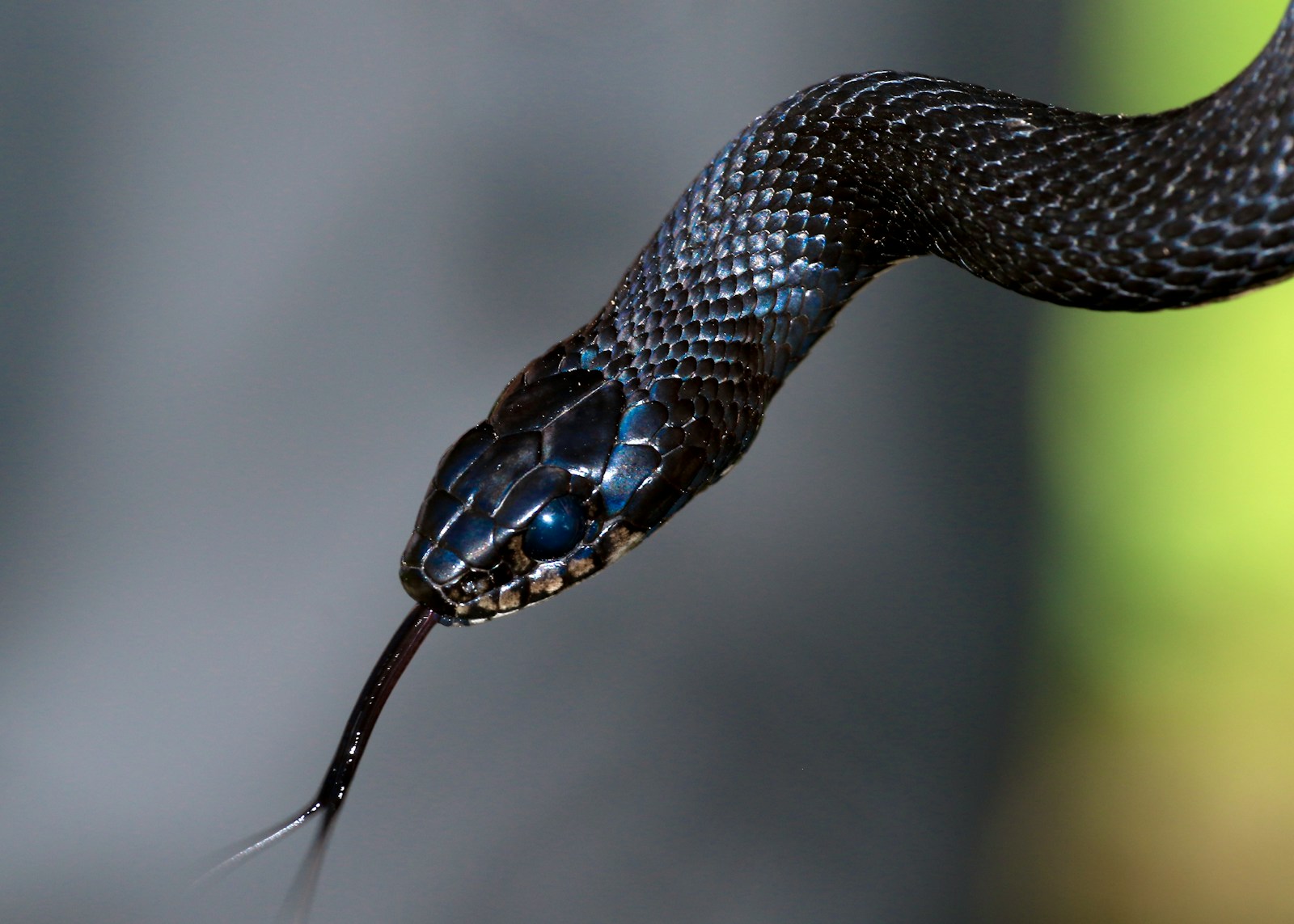
At the heart of a snake’s chemical sensing ability is a specialized structure called the Jacobson’s organ, also known as the vomeronasal organ. Located in the roof of a snake’s mouth, this remarkable organ consists of two fluid-filled sacs lined with thousands of sensory cells that detect chemical particles. Unlike the human nasal cavity, which primarily functions as an olfactory detector, the Jacobson’s organ is specifically designed to process chemical information with extraordinary sensitivity. This organ is connected to a separate part of the brain than the regular sense of smell, allowing snakes to process chemical information in a unique way that provides detailed spatial awareness. The evolution of this specialized organ has given snakes a significant advantage in environments where visibility might be limited, such as dense forests, underground burrows, or during nighttime hunting.
The Flickering Tongue: More Than Just a Symbol
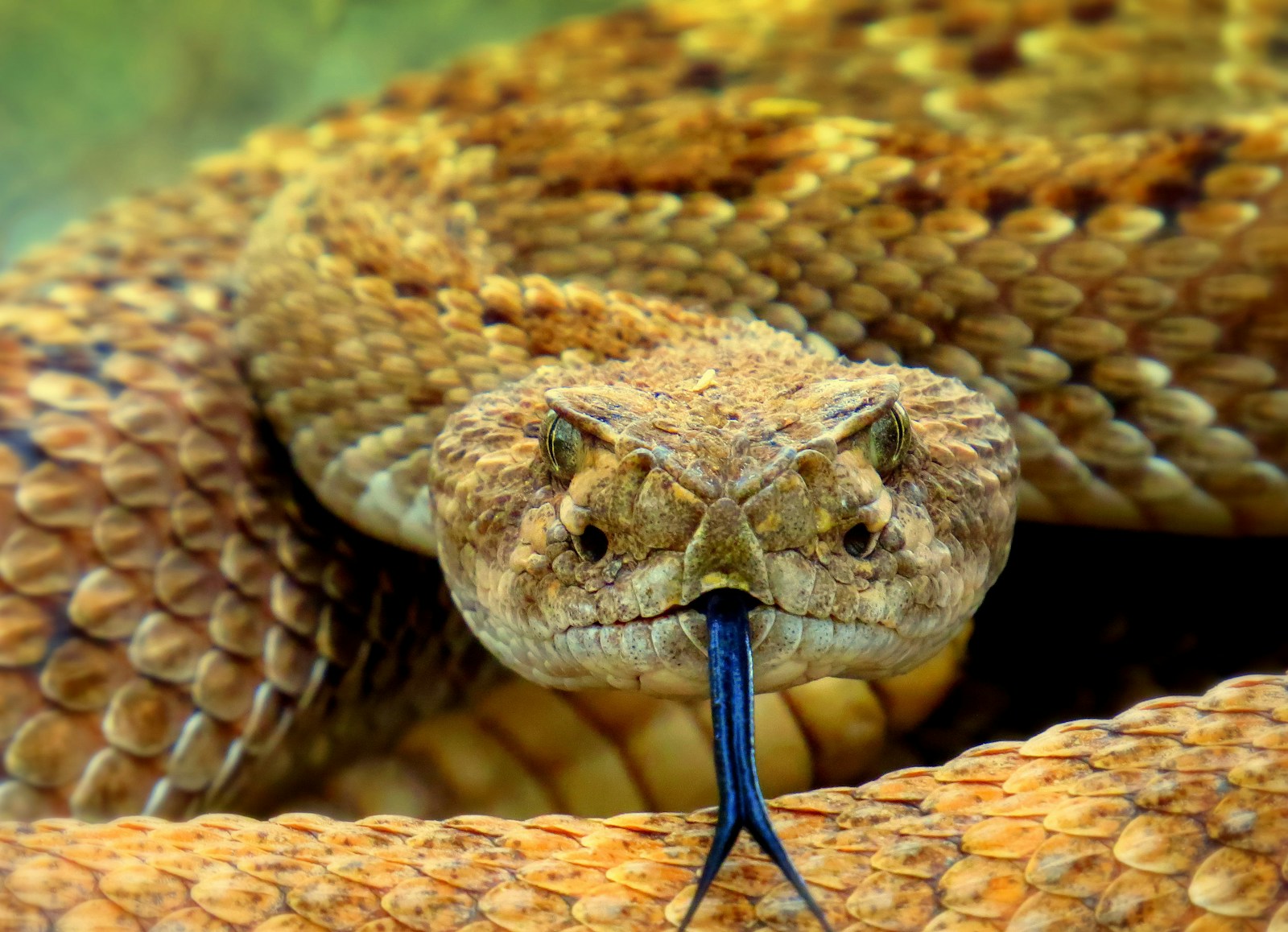
When we observe a snake flicking its forked tongue, we’re witnessing a sophisticated sampling method that serves as the first step in their chemical sensing process. The snake’s tongue isn’t directly involved in taste as ours is; instead, it works as a highly efficient collection tool, gathering chemical particles from the air and ground. The fork in a snake’s tongue allows it to collect chemical samples from two slightly different locations simultaneously, providing directional information when the particles are analyzed. After collecting these chemical particles, the snake retracts its tongue and inserts the tips into the ducts leading to the Jacobson’s organ in the roof of its mouth. This constant tongue-flicking behavior increases dramatically when a snake detects something of interest, allowing it to gather more chemical information and build a more detailed sensory picture of potential prey, predators, or mates in its vicinity.
Chemical Information Processing in Snake Brains
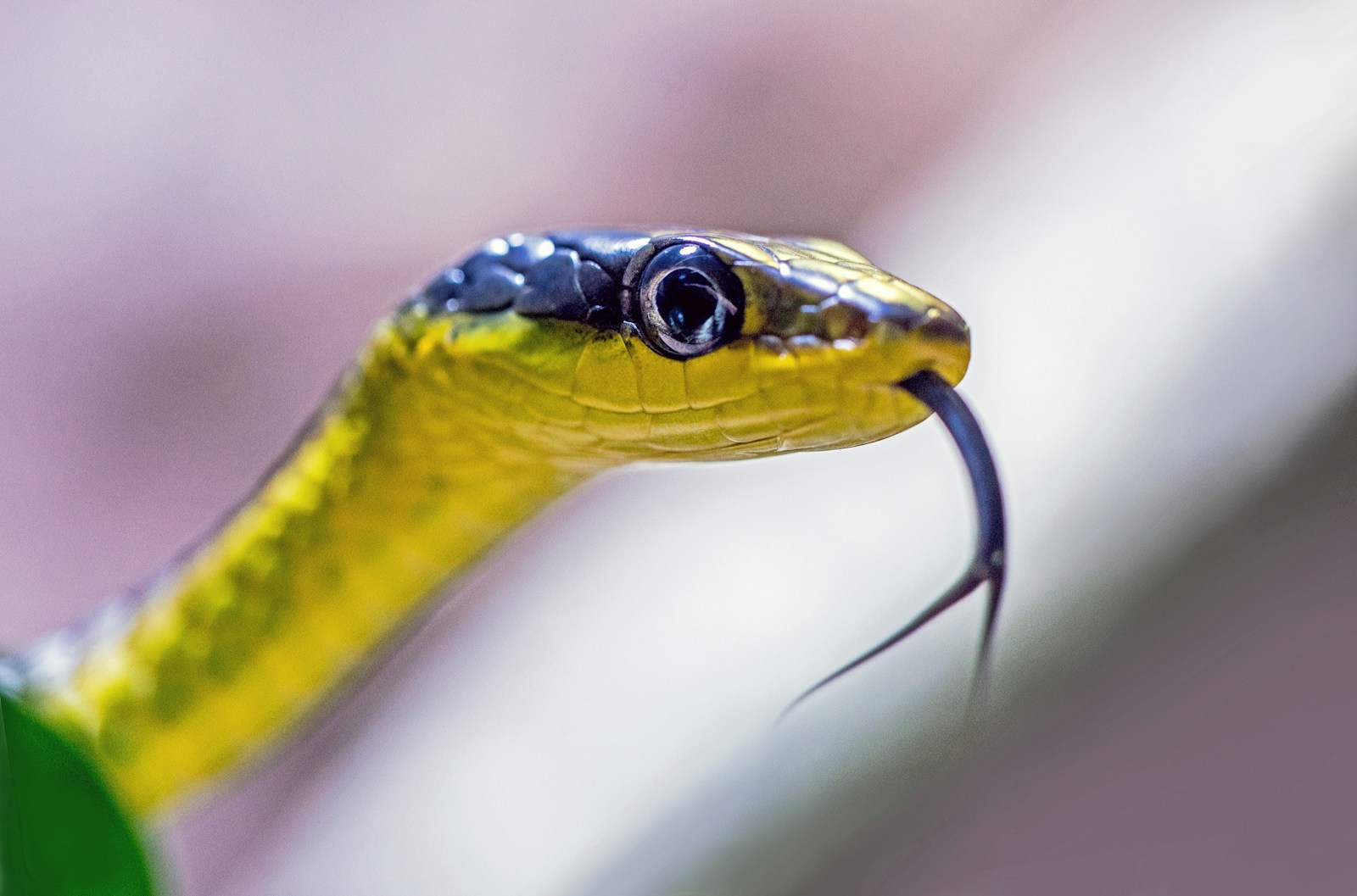
Once chemical particles are delivered to the Jacobson’s organ, an intricate neural process begins that transforms these chemical signals into meaningful information for the snake. Specialized sensory neurons within the Jacobson’s organ detect the chemical compounds and transmit signals directly to the accessory olfactory bulb in the snake’s brain. This processing center is separate from the main olfactory system, creating a parallel sensory pathway dedicated to vomeronasal information. The snake’s brain processes these signals to identify what specific animals or substances are present, how recently they passed through the area, and even which direction they were moving. Research has shown that the accessory olfactory bulb in snakes is proportionally larger than in many other animals with vomeronasal systems, highlighting the importance of this sensory modality for their survival and behavior.
The Forked Tongue: A Biological Sampling Tool
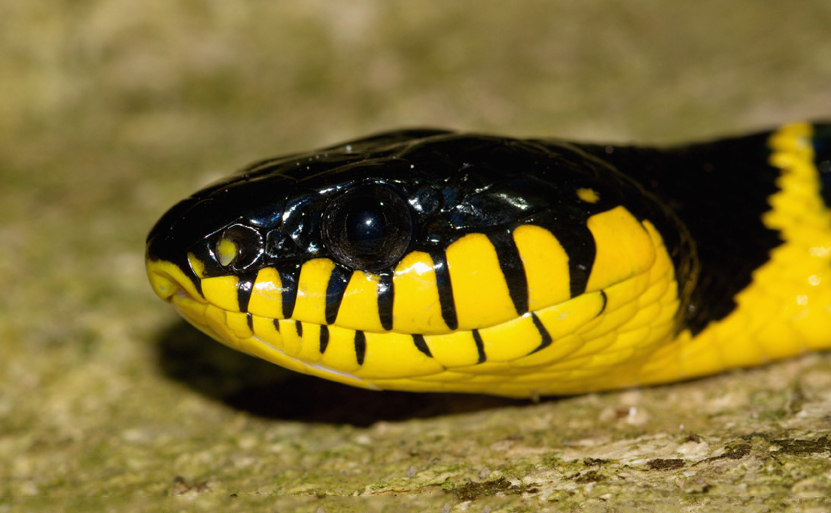
The bifurcated design of a snake’s tongue represents one of nature’s most elegant adaptations for sensory information gathering. By having two separate tips, the tongue functions similar to a pair of antennae, providing the snake with stereo-chemical reception. As the tongue flicks through the air, each tip collects slightly different chemical samples from the left and right sides of the snake’s environment. When these samples are analyzed separately by the Jacobson’s organ, the brain can compare the concentration of chemicals from each side, enabling the snake to determine the direction from which a scent is coming. This stereo-chemoreception is crucial for tracking prey or finding mates, allowing snakes to follow chemical trails with remarkable precision. The constant tongue-flicking we observe in active snakes represents their ongoing effort to update their chemical map of the environment.
Differentiating Between Prey and Predators

One of the most critical functions of a snake’s chemical sensing ability is distinguishing between potential meals and potential threats. Snakes have evolved to recognize specific chemical signatures associated with their natural prey, which triggers hunting behaviors when detected. Similarly, they can identify chemical signals from predators that pose a danger, allowing them to hide or flee before a visual encounter occurs. Research has demonstrated that even naive snakes that have never encountered a particular predator can show innate defensive responses to their scent, suggesting that some predator recognition is hardwired into their neural circuitry. This chemical discrimination ability is so refined that some snakes can distinguish between closely related prey species or even determine if a potential prey animal is healthy or diseased based solely on their chemical signature.
Following Pheromone Trails for Reproduction
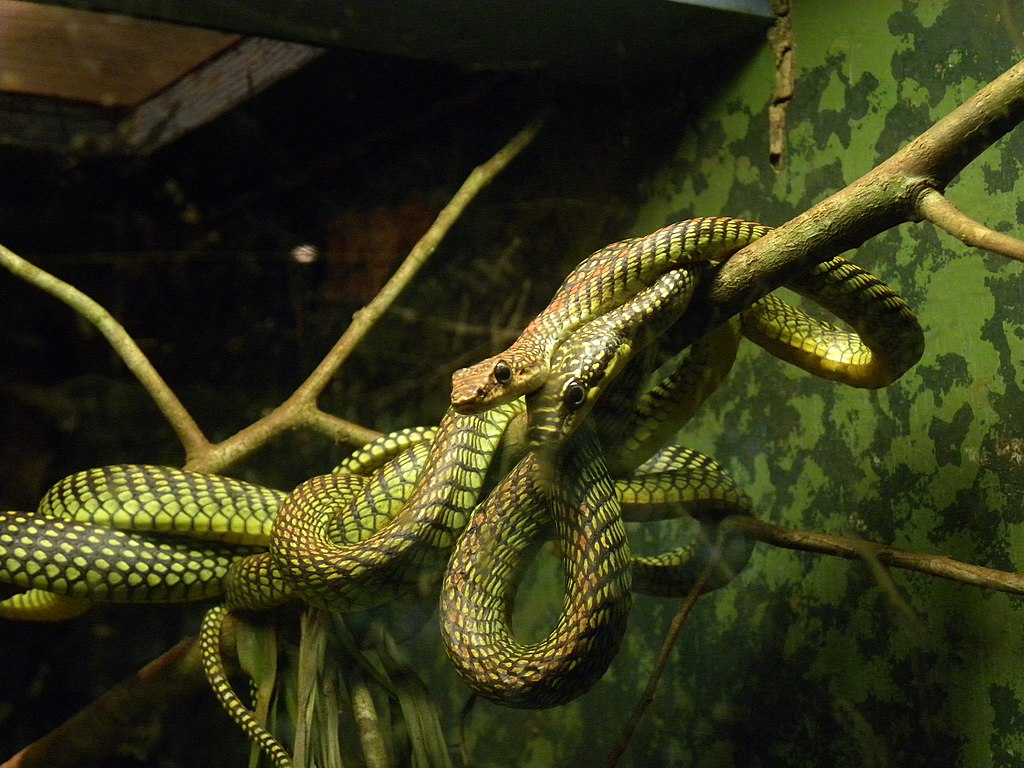
The vomeronasal system plays a vital role in snake reproduction by detecting species-specific pheromones that female snakes release to attract mates. During breeding season, female snakes produce specialized chemical signals that male snakes can detect from considerable distances. Male snakes follow these chemical trails by constantly sampling the air and ground with their tongues, processing the information through their Jacobson’s organ. The concentration gradient of these pheromones allows male snakes to determine which direction to travel to find a receptive female. This chemical communication system is particularly important for solitary species that might rarely encounter each other through random movement alone. Some studies have shown that male snakes can distinguish between the pheromone trails of different female individuals, potentially allowing them to select mates based on genetic compatibility or other factors that might benefit their offspring.
Chemical Sensing Adaptations Across Snake Species
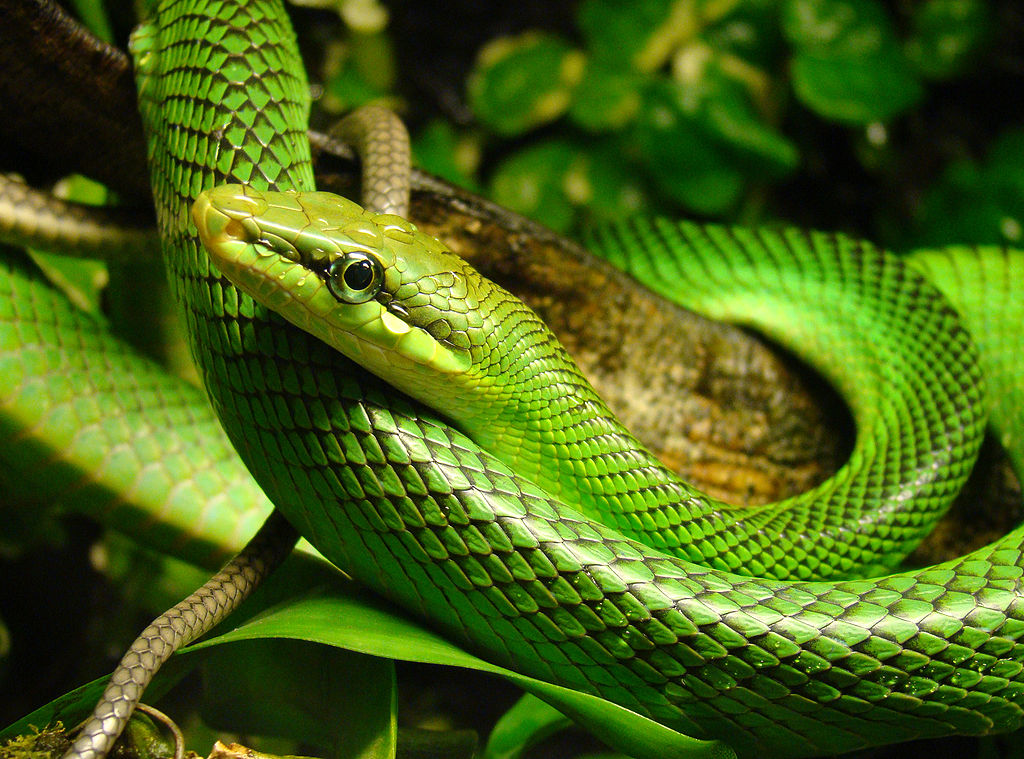
While all snakes possess a vomeronasal system, the relative importance and specific adaptations of this system vary across different snake families based on their ecological niches. Ambush predators like vipers and pythons rely heavily on their chemical sensing abilities to detect prey moving through their territory, allowing them to remain motionless until an opportunity presents itself. Active foragers like many colubrids (including rat snakes and king snakes) use their vomeronasal system to follow prey trails and locate hidden animals. Fossorial (burrowing) species have evolved especially sensitive chemical detection systems to navigate through soil environments where vision is severely limited. These diverse adaptations demonstrate how the basic vomeronasal system has been fine-tuned through evolutionary processes to support different hunting strategies and ecological roles across the snake family tree.
Comparing Snake Chemoreception to Other Reptiles

While many reptiles possess some form of vomeronasal system, snakes have developed this sense to extraordinary levels compared to their reptilian relatives. Lizards also have Jacobson’s organs and forked tongues, but most species don’t rely on chemical sensing as their primary means of detecting prey and navigating their environment. Turtles and crocodilians possess vomeronasal organs but use them in more limited ways, primarily for reproductive purposes rather than general environmental sensing. The snake’s extreme specialization in chemical sensing correlates with their loss of limbs, which necessitated the development of alternative sensory systems for successful hunting and survival. This evolutionary trade-off has resulted in snakes possessing perhaps the most sophisticated chemical detection system among all vertebrates, compensating for their limbless body plan with extraordinary sensory capabilities.
Limitations of the Vomeronasal System
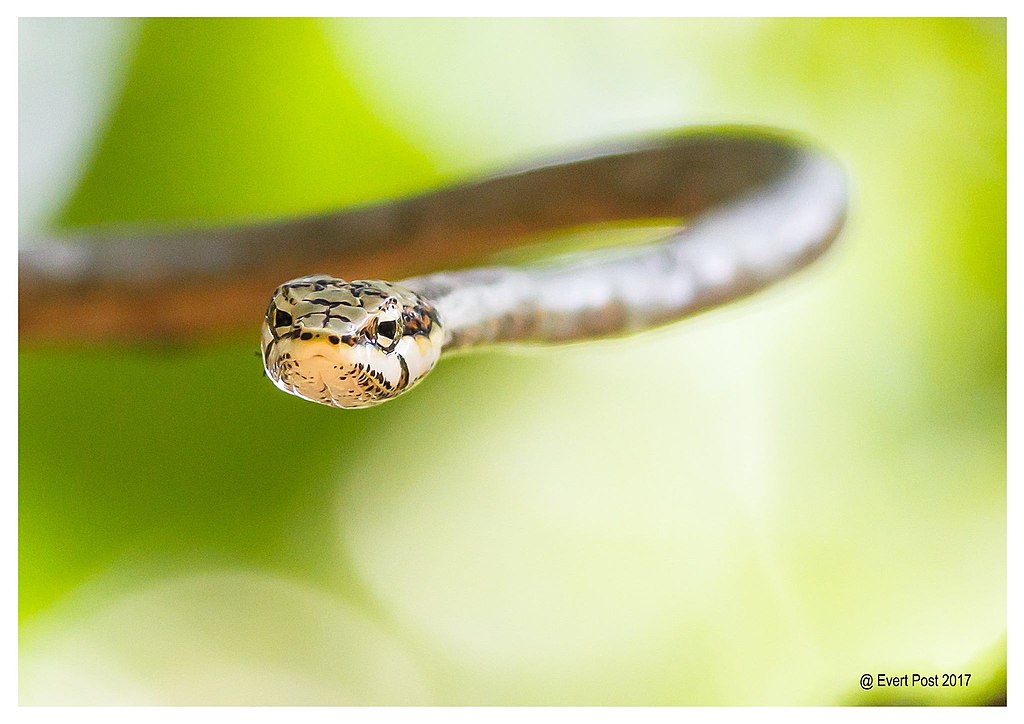
Despite its remarkable capabilities, a snake’s chemical sensing system does have certain limitations. The process of tongue-flicking, sample collection, and neural processing takes time, making chemical sensing slower than visual or auditory detection in many scenarios. Environmental factors such as heavy rain, strong winds, or waterlogged terrain can dilute or wash away chemical trails, making them more difficult for snakes to follow. Additionally, the system works best for detecting organic compounds, particularly those associated with potential prey, predators, or mates, rather than inorganic substances. Some predators of snakes may exploit these limitations, such as certain birds of prey that attack from above and give little chemical warning of their approach. These constraints help explain why many snake species have retained and refined other sensory systems, including vision, to complement their chemical sensing abilities.
The Evolution of Vomeronasal Sensing in Snakes
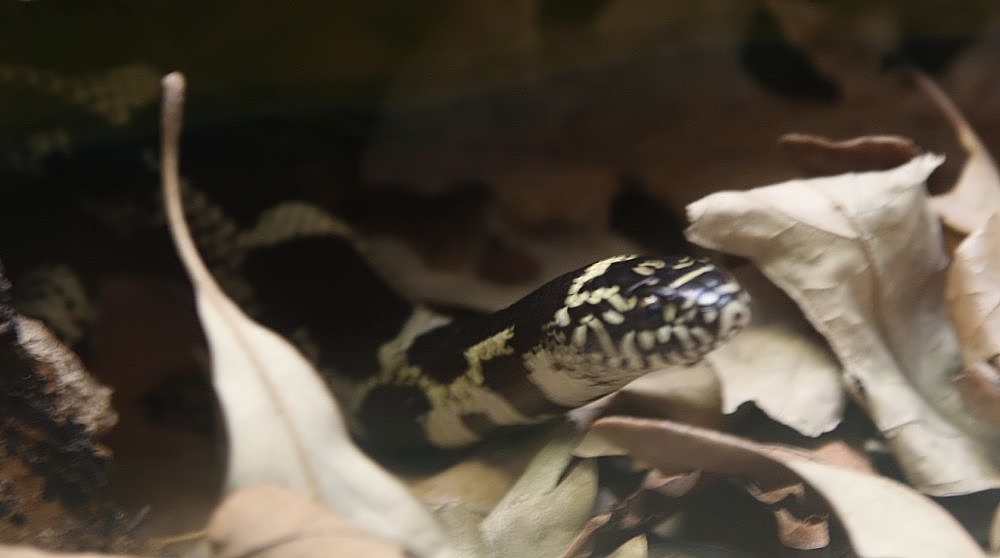
The sophisticated vomeronasal system observed in modern snakes represents the culmination of millions of years of evolutionary refinement. Paleontological and genetic evidence suggests that early snake ancestors likely possessed a basic vomeronasal system similar to that seen in modern lizards. As these ancestors adapted to more secretive, possibly burrowing lifestyles, they began to rely more heavily on chemical sensing than vision, driving the expansion and specialization of the vomeronasal system. The transition to a limbless body form further increased selection pressure for enhanced chemical sensing, as snakes could no longer use limbs to capture prey or escape predators. Comparative studies between basal snake lineages and more derived species reveal a trend toward larger Jacobson’s organs and more complex neural processing centers for chemical information. This evolutionary trajectory highlights how sensory systems can undergo dramatic specialization when they become critical for an animal’s survival strategy.
Applications in Biomimetic Technology
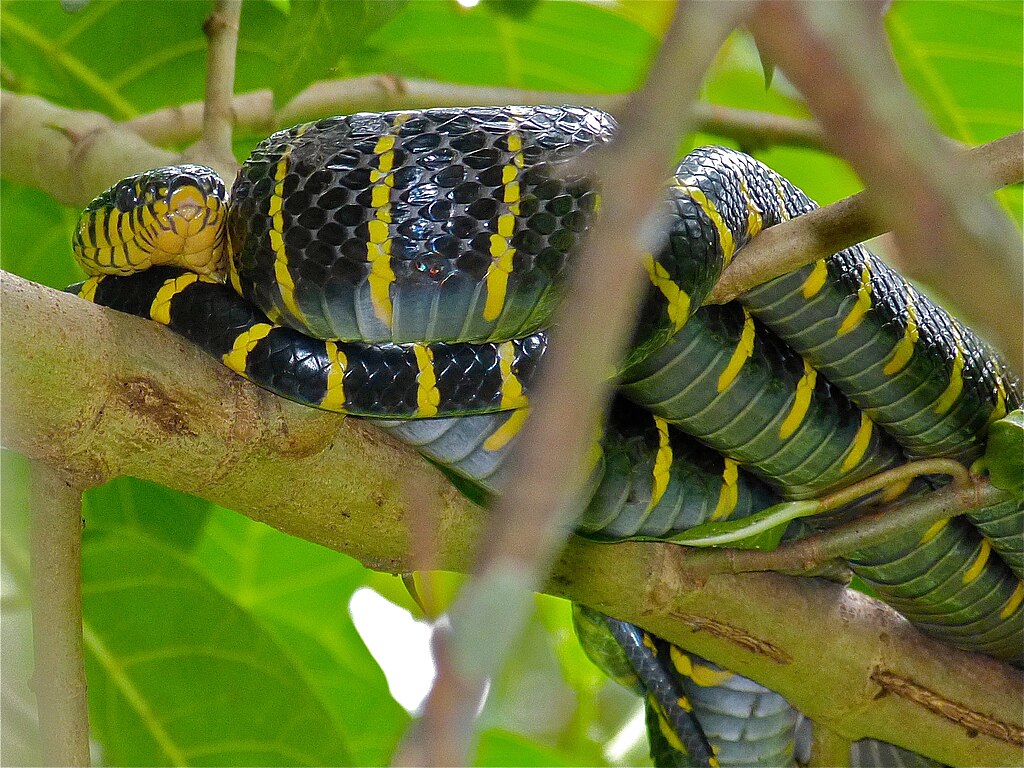
The extraordinary chemical sensing capabilities of snakes have inspired scientists to develop biomimetic technologies that mimic these natural systems. Researchers have created electronic “noses” based on the principles of snake chemoreception that can detect specific chemical compounds with high sensitivity. These devices have potential applications in areas such as food safety inspection, environmental monitoring, and even medical diagnostics where detecting trace chemical signatures is crucial. Military and security organizations have explored snake-inspired chemical sensors for detecting explosives, narcotics, and other contraband substances that emit distinctive chemical signatures. Some advanced robotic systems have incorporated dual-sampling mechanisms inspired by the snake’s forked tongue to create machines that can track chemical gradients through complex environments. These biomimetic approaches demonstrate how understanding snake sensory systems can lead to innovative technological solutions for human challenges.
Implications for Snake Conservation and Management
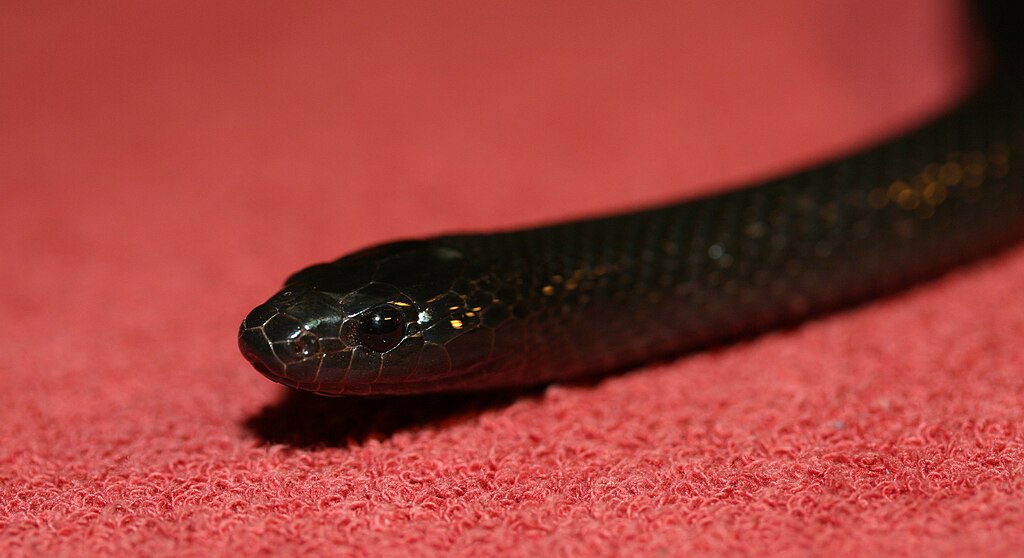
Understanding how snakes perceive their chemical environment has important implications for conservation efforts and management strategies. Wildlife managers can use knowledge of species-specific pheromones to monitor snake populations or potentially control invasive snake species through chemical attractants or repellents. Conservation breeding programs for endangered snake species benefit from understanding the chemical cues involved in mate selection and reproductive behavior. In regions where venomous snakes pose risks to human populations, research into chemical deterrents that specifically target snake vomeronasal systems might provide humane methods of reducing human-snake conflicts. Additionally, the vulnerability of snake chemical sensing to environmental pollution raises concerns about how chemical contaminants might interfere with essential behaviors such as hunting and reproduction in wild snake populations. These practical applications highlight the importance of fundamental research into snake sensory biology for both conservation and human welfare.
The remarkable ability of snakes to “taste” the air through their specialized vomeronasal system represents one of nature’s most fascinating sensory adaptations. This sophisticated chemical detection system allows these limbless reptiles to create detailed sensory maps of their environment, locate prey with precision, avoid predators before visual contact, and find mates across considerable distances. From the constant tongue-flicking that collects airborne particles to the specialized neural pathways that process this information, every aspect of this system has been refined through millions of years of evolution. As we continue to study and understand this extraordinary sensory capability, we gain not only insight into the secret lives of these often-misunderstood animals but also inspiration for new technologies and approaches to environmental challenges. The snake’s chemical sensing system stands as a powerful reminder of the diverse and ingenious ways that life has evolved to perceive and interact with the world.





